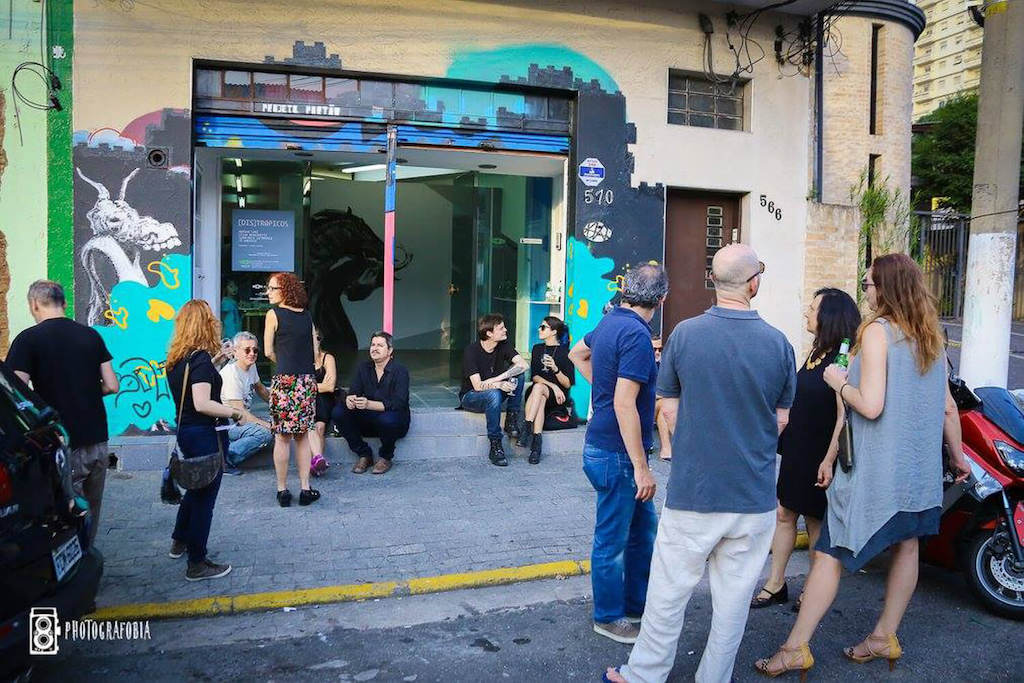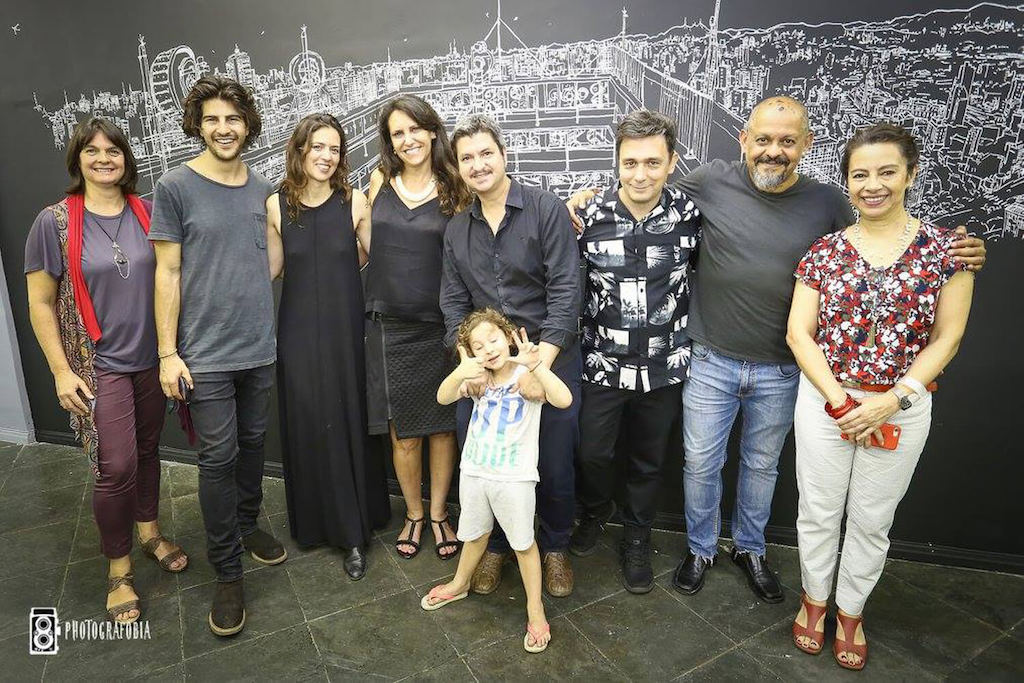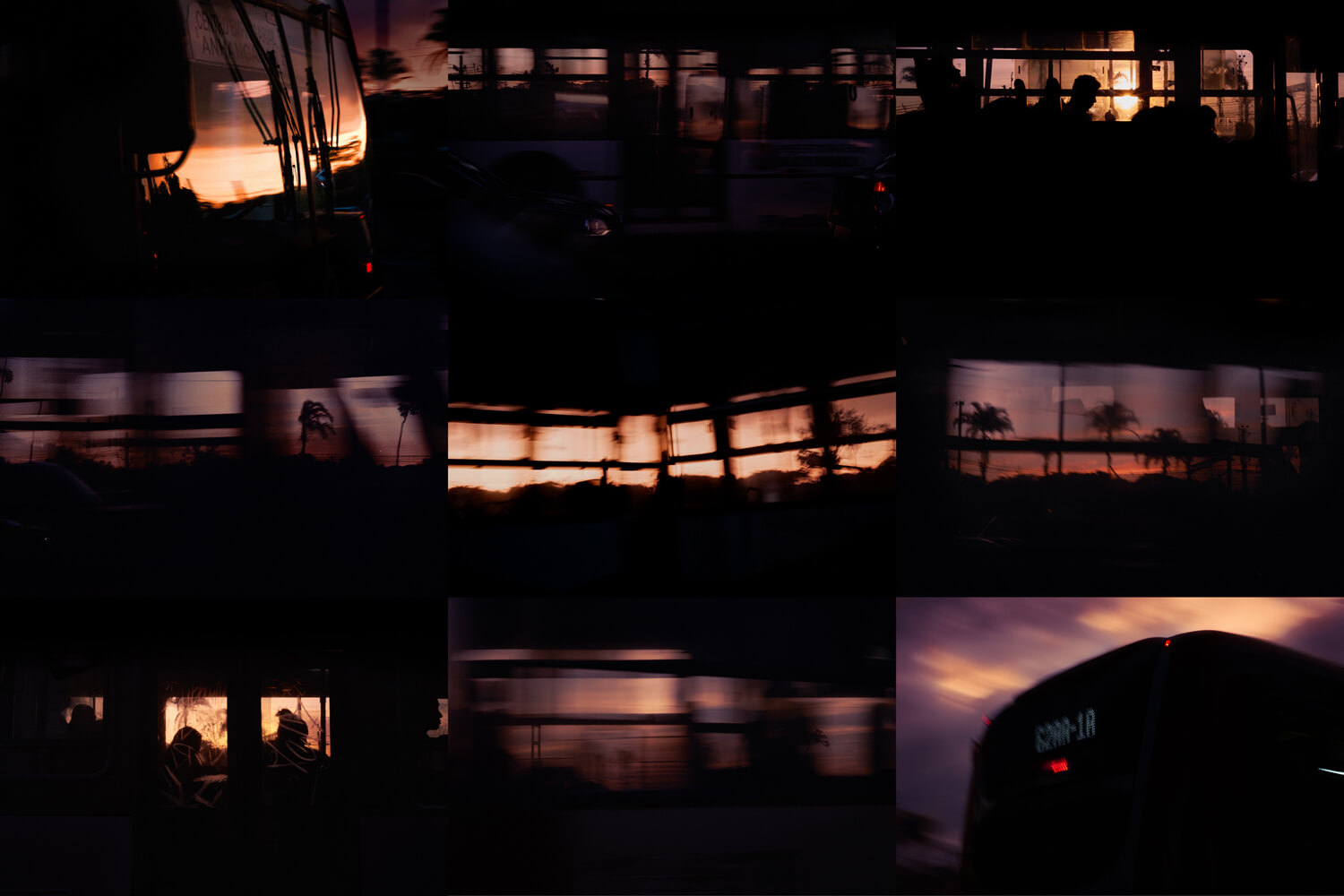

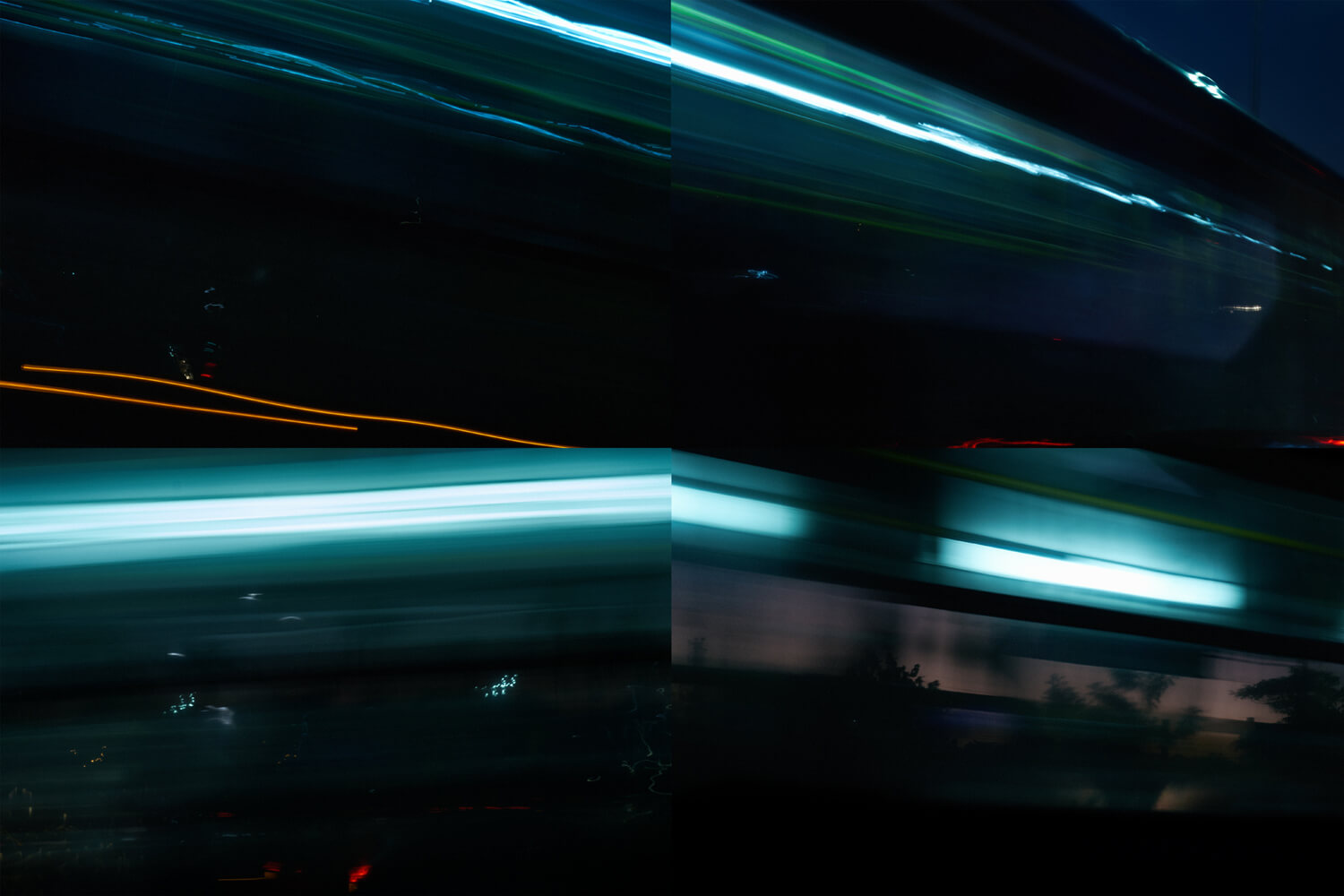
[Dis]tropicos
Adrian Luke, César Meneghetti, Giancarlo Latorraca e Jê Américo
Curatorship
Clarice Mester
AN INVITATION TO REFLECTION ON THE FULL OCCUPATION OF THE CITY, THE [DIS]TROPICS EXHIBITION IS PROPOSED TO OVERCOME THE PHYSICAL AND SYMBOLIC BARRIERS THAT DESIGN SÃO PAULO.
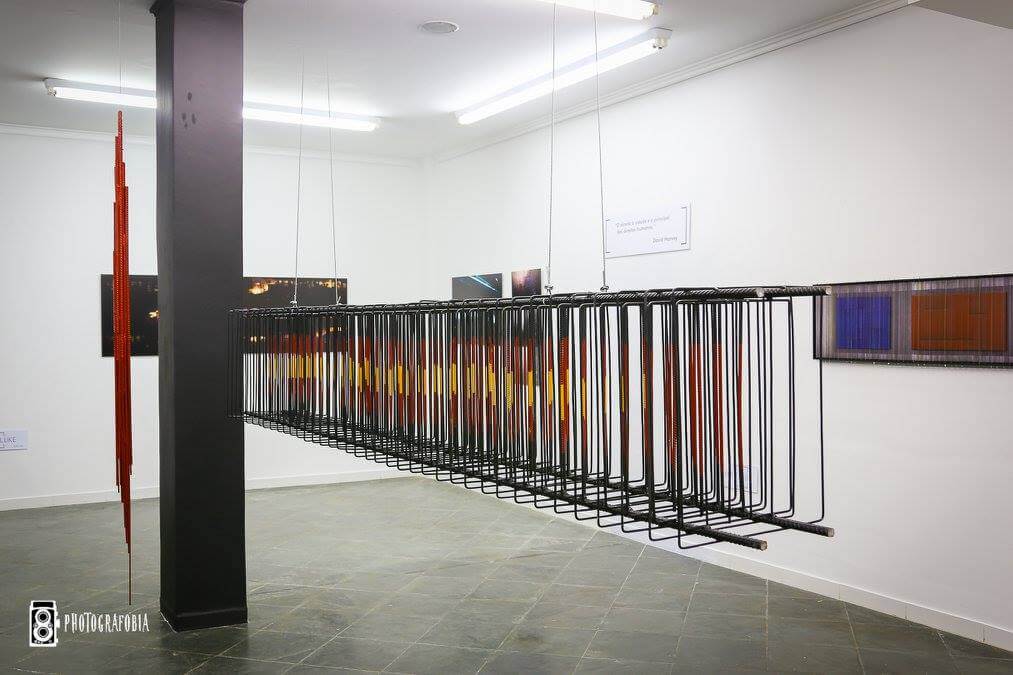
In different media, the works investigate the challenges and potential of the urban space that welcomes us.
[DIS]TROPICOS a neologism created to encompass the reality and perspectives of a scenario that is now impoverished and unfair, a latitude of urgency.

César Meneghetti
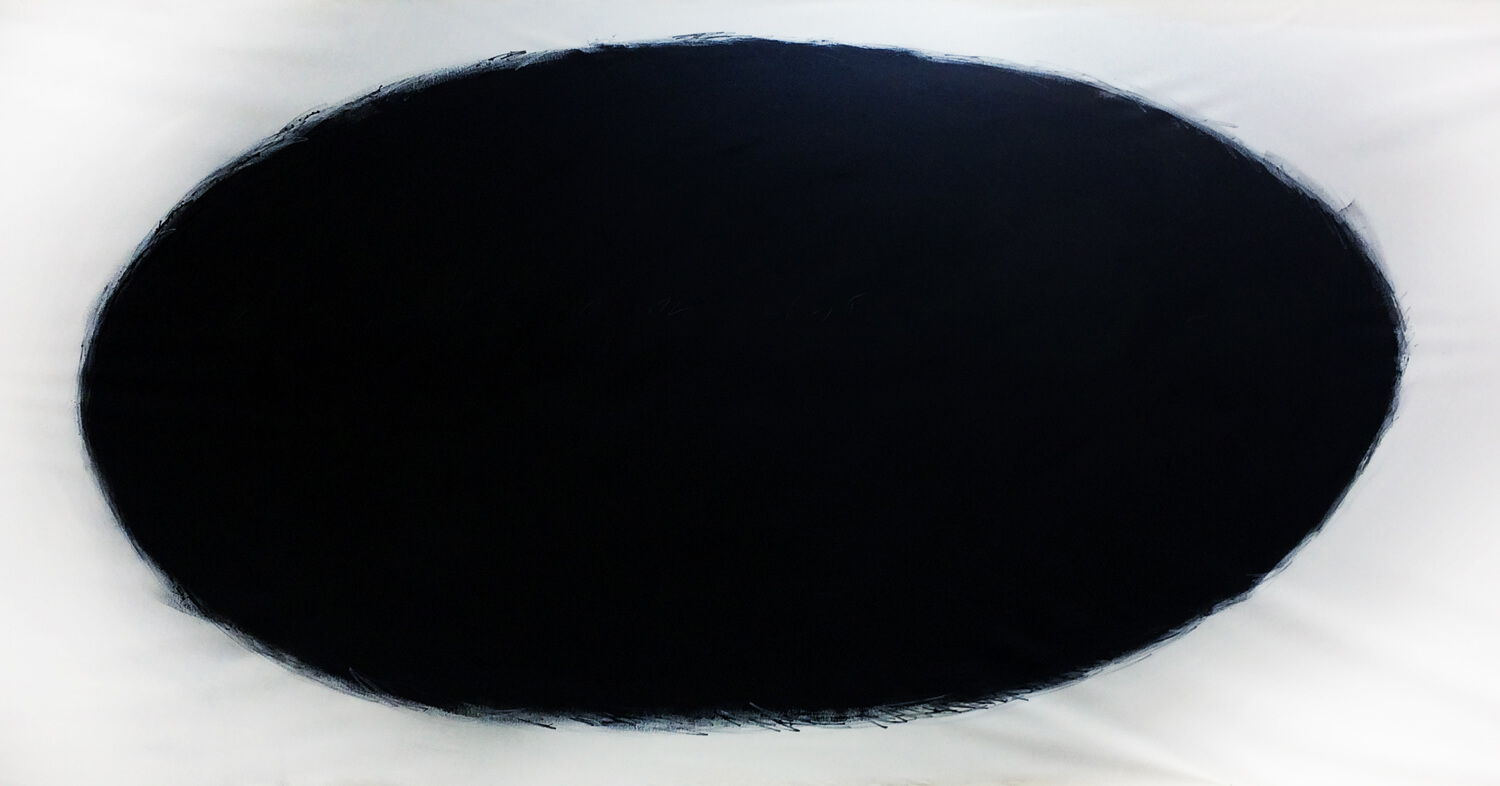
César Meneghetti

Adrian Luke

Adrian Luke
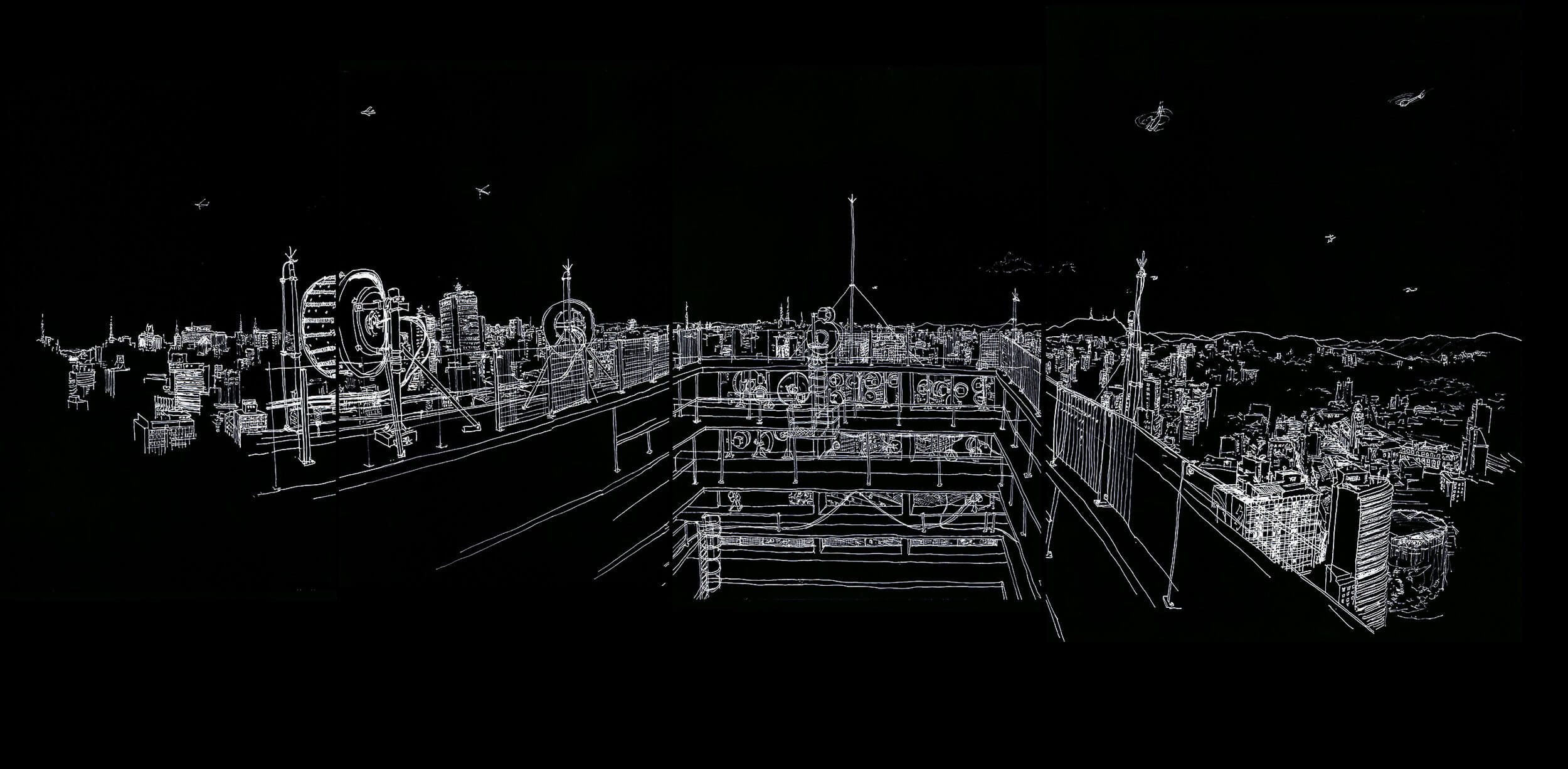
Giancarlo Latorraca
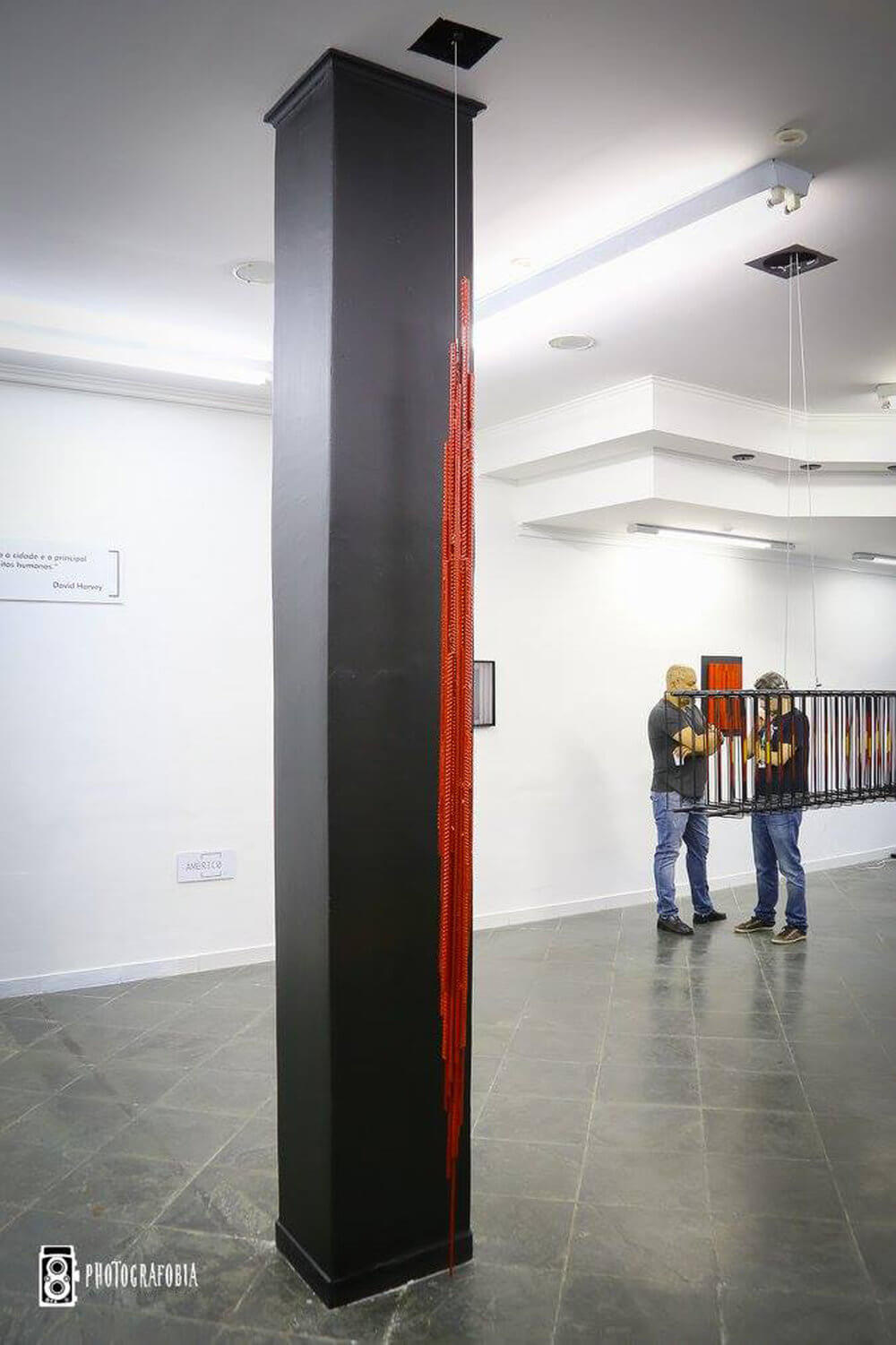
Jê Américo
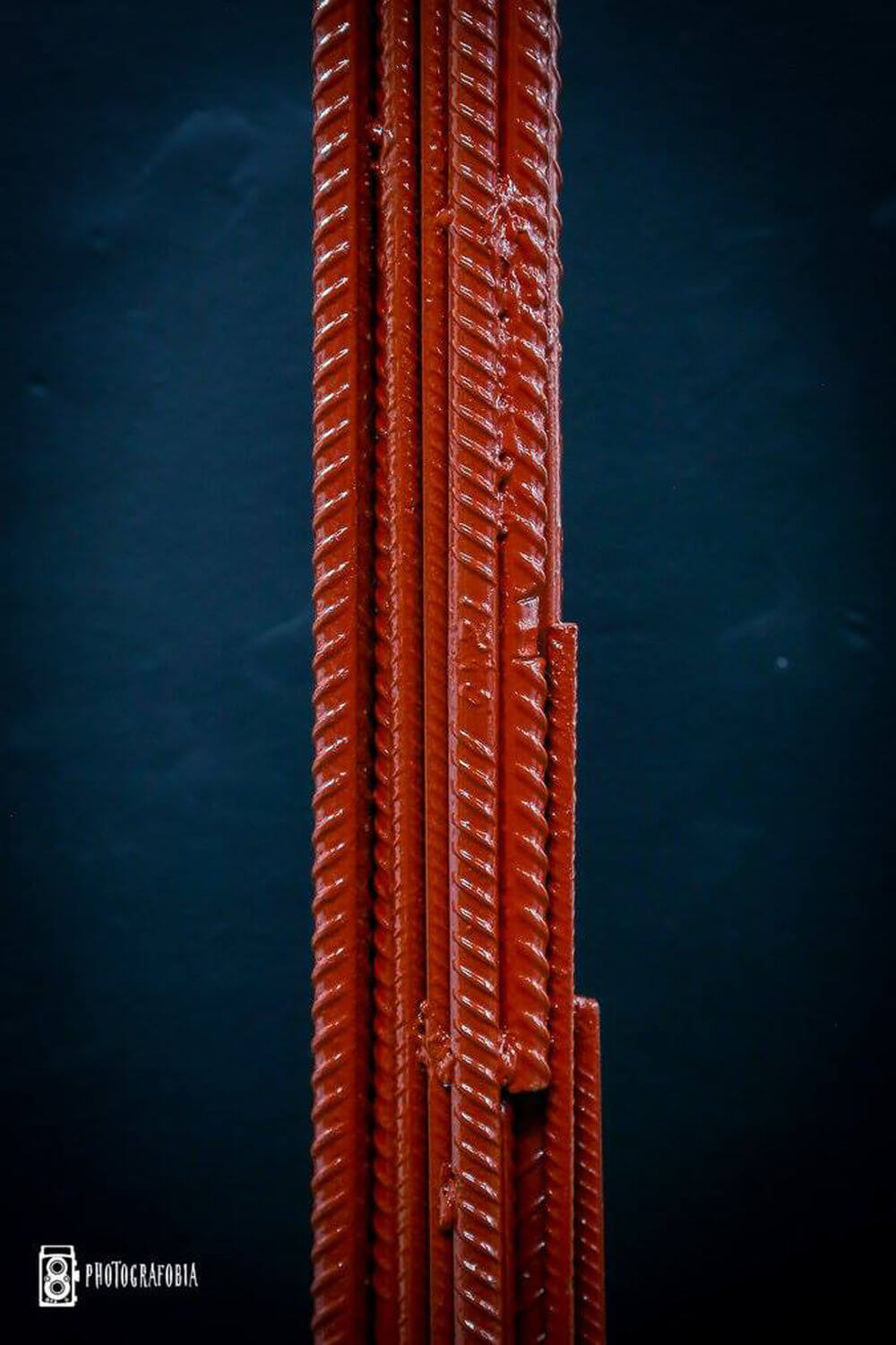
Jê Américo
ABOUT THE EXHIBITION
In the exhibition [DIS]TROPICOS, artists Adrian Luke, César Meneghetti, Giancarlo Latorraca and Jê Américo dialogue with the public about the complex configurations of life in the metropolis and problematize the potentialities and challenges of urban space: photography, video, drawing and sculpture then build, together and separately, narratives consonant to this pulsating capital.
Robert Park, puts us that the city is “man’s most successful attempt to rebuild the world he lives in as closer to his desire for him. But if the city is the world that man has created, from now on it is the world where he is condemned to live.” And an increasing proportion of our lives is spent in anonymous spaces in the city, in “non-places” – as Marc Augé calls it – which causes a profound alteration of consciousness and alienation, something that is perceived in a partial and incoherent way. Finally, it is in the work of David Harvey that we find the premise that most inspires artists: “The right to the city as the main human right”.
Our museums and galleries are full of idealized constructions, at the mercy of the foreign gaze and the obligation of being exotic. Educated in this imaginary, and far from the premise of “right to the city”, we get lost in the deterioration of the urban space and in the dehumanization of the population, which lives in parallel worlds in the sixth largest city in the world.

Jê Américo
ABOUT THE ARTISTS
ADRIAN LUKE (Sidney, 1986) offers us a different view of the city of São Paulo. Through his detached look, he transforms certain places of his daily life, sometimes very popular in the city, almost unrecognizable. A marginal bus ride from the Pinheiros River, to Av. Paulista, to Av. Angélica or Consolação are transformed through their photography into an elegy for the time gone by. He plays with long exposure times creating a blur where he paralyzes time creating a rupture of reality in abstract frames that convey a great emotional charge.
CÉSAR MENEGHETTI, visual artist and filmmaker from São Paulo, studied and lived in London, Rome and Berlin. After 27 years of work abroad, he returns to São Paulo. His conceptual, pictorial, photographic and audiovisual work has been, since the end of the 1990s, characterized by a deep interest in social issues and a constant questioning about the forms of language. His works and films are part of the collection of several public and private collections, being exhibited in more than 40 countries, obtaining recognition from critics and international media: Biennale di Venezia (2013, 2011, 2005), X Bienal de Sharjah, XVI Bienal de Cerveira ,VI Biennale Adriatica, Museo MAXXI (2015, 2016, 2017), MIS – SP (2010), MLAC, GNMAN, MACRO – Rome (1999, 2009), Hit Gallery (Bratislava), UTMT Gallery and Rosalux (Berlin), Smiths and Whitechapel Gallery, IIC (London), MIS, Paço das Artes, MAB, MUBA, FUNARTE (São Paulo) Festival di Locarno 51 and 55 (Cinéastes du présent), Festival di Venezia 66 and 69 (Giornata degli Autori), Festival del Nuevo Cine de Habana, X Festival “It’s all true”, Transmediale 01, File 2002, Loop Barcelona 2011, Currents Santa Fé Museum, Videoformes, Videobrasil (2001, 2003, 2007), etc. FUNARTE contemporary art award 2011, Brazil contemporary art award 2010 (Bienal de São Paulo) Award at the IV Bienal Interamericana de Videoarte (Washington), Nastro d’argento 1996, 2004, 2009 (SNCCI) and Petrobrás Cultural Award 2002 and 2006. Meneghetti is one of the 22 contemporary artists analyzed in the volume “Arte Iperconteporanea” and “MLAC Index” (2012) by Simonetta Lux. He is also one of the 99 artists present in the anthology “Made in Brasil – 30 years of Brazilian video”, organized by Arlindo Machado. Academic theses and four retrospectives were dedicated to his films and videos: CINEVIDEO: CÉSAR MENEGHETTI AND NELSON PEREIRA DOS SANTOS, Itaú Cultural Institute – SP and MG (2003), LA VIDEOARTE DI CÉSAR MENEGHETTI at the Corto per Scelta Festival (2007) and FLUX +DISPLACEMENT+TIME retrospective of the audiovisual works of César Meneghetti, 48th Mostra Internacional do Novo Cinema de Pesaro, Italy (2012), MAXXI ARTAPES #03 Video di artist in Italia (2017) Invisibili (Museu casa Romei), F4/Fare comunità ( Fondazione Fabbri), Inside Brazil (Bologna) in 2017.
GIANCARLO LATORRACA is an architect graduated from FAU-USP and licensed professor at Escola da Cidade, of which he is an associate. He collaborated with Lina Bo Bardi, Paulo Mendes da Rocha and with the Brasil Arquitetura office. He worked at the Lina Bo Institute and P.M. Bardi from 1993 to 2001, developing editorial projects and national and international exhibitions. He carried out numerous exhibition projects in partnership with the Apiacás Arquitetos office (2001-2010) and is currently the Technical Director of the Museu da Casa Brasileira in São Paulo, where he held, among others, the exhibition Maneiras de Exhibit: expository architecture by Lina Bo Bardi, APCA award -2014, Category “Frontiers of architecture”, modality “Architecture and Urbanism”. His practice with drawing and painting runs through the activities described above, having presented his work in collectives at the university itself and in exhibitions outside the Bienal. His participation in the opening exhibition of the MUBE stands out, in which he painted an outside door with the theme of the Tietê River, and presented a series of drawings made on the waterfront itself. Since 2005, he has been making chalk drawings that portray the landscape of São Paulo in the city’s Ritz restaurants, in addition to several panels with this theme in private homes and public spaces such as Escola da Rede FDE, made in partnership with the Apiacás Arquitetos office. Dedicated to designing the landscape of São Paulo in its various faces. He carried out didactic drawing activities in architecture courses at the Catholic University of Santos (Unisantos) and Escola da Cidade, in partnership with Paulo Von Poser.
JÊ AMÉRICO is an architect graduated from FAU-USP and develops architecture, furniture and construction management projects. In the second half of the 1970s, he began his career as a technical draftsman in architectural offices, a pre-computer era, when drawings were made with ink pens, squares and a parallel ruler. This praxis led him, in 2008, to develop a series of maps based on the outline of South America. In these works, the influence of the techniques carried out at the beginning of his career as an architect inevitably arises, the use of lines, which will be an important mark in later works. Allied to studies on Logic, Mathematics, Physics and Philosophy of Science, and Zen Buddhist meditation practices, he then develops a fruitful and abundant artistic production. The question of the materiality of reality, explored in Jesus Soto’s sculptures, and Mark Rothko’s diffuse geometry, are also fundamental visual references. The absence of contour lines makes the forms ineffable, sometimes appearing as densifications of the field in which they are immersed, sometimes by the vibration of intense colors, which, like subatomic particles, allow different layers of reading, each time deeper, of their composition.


